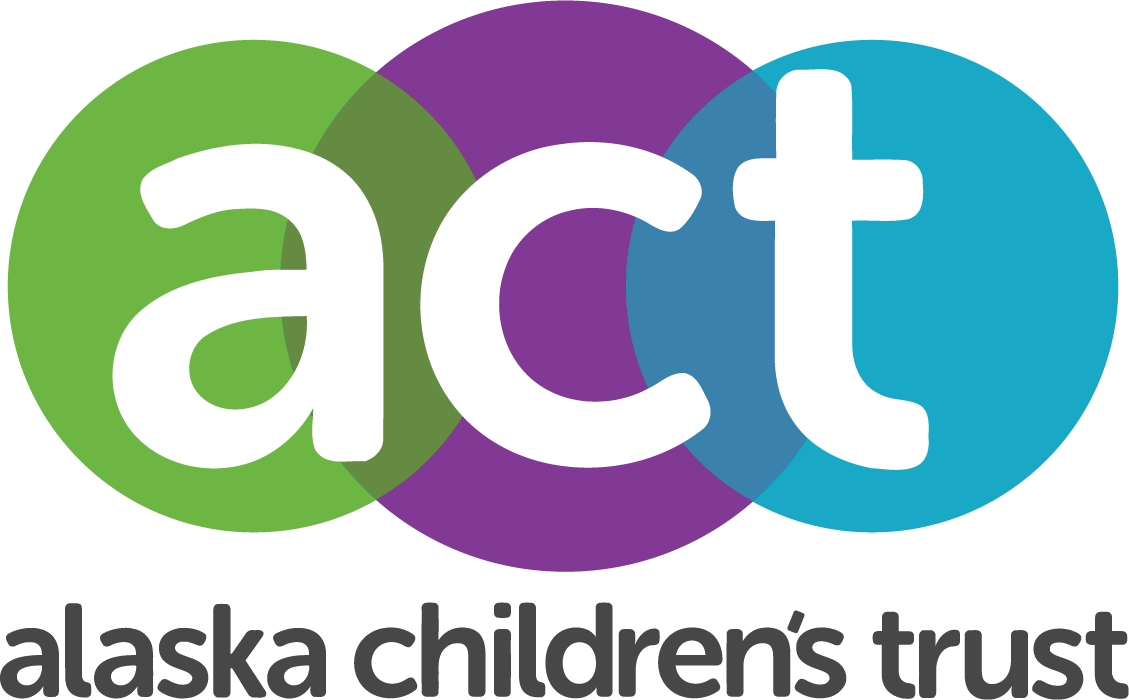The Myth of Stranger Danger: Protecting Children From Violence
As children, most of us grew up hearing our parents use the phrase “Stranger Danger”, implying that people we don’t know are the ones most dangerous to us. However, the newly released 2022 Crime in Alaska report tells a very different story—one that all parents and caregivers should be aware of.
The report shows that Alaska’s rates of sex crimes far exceed national averages, while a deeper dive into the corresponding 2022 Felony Level Sex Offenses Supplemental Report reveals that these crimes predominantly impact children, with nearly 60% of victims being under the age of 18.
It’s easy to look at this shocking statistic as a matter for policy makers and law enforcement to address, and it’s true that the authorities have a responsibility to protect children and punish perpetrators. However, the report found that in nearly 70% of cases, victims under the age of 11 were assaulted by a family member. Therefore, it’s also imperative that parents, family members, and caregivers remain vigilant and well educated on how to prevent, recognize, and respond to child sexual abuse.
The supplementary report indicated that the most common age for female victims was 15, and for male victims just 7 years of age. These young children, in many cases experiencing abuse perpetrated by supposedly trusted adults, are counting on those closest to them—family members, educators, caregivers—for support and security.
Research shows that children are unlikely to report abuse, afraid of blame, retaliation, not being believed, or simply because they lack the understanding or vocabulary. It is critical for parents, educators, and other caring adults to understand grooming behaviors and how to properly identify, respond to them, and prevent situations where grooming might occur. It’s equally important for children and youth to have healthy relationships and trusted adults that they can rely on for support and security.
Here are some tips for preventing and responding to child sexual abuse:
Recognize grooming behaviors. For instance, an individual isolating a child from others, treating a child as if they are older or more mature than their age, or giving them special attention. To learn more, read the Preventing CSA Toolkit.
Parents and guardians have a responsibility to ensure that children have safe spaces to share or report abuse and give them the language to do so. Ensuring that your children have age-appropriate knowledge of their bodies and boundaries can help them let you know if something is wrong and empower them when they navigate future relationships.
Assess children’s activities, like child care and afterschool sports, and ask questions about what policies are in place to prevent inappropriate contact. Questions like “what training is involved in the hiring process?” and “how do you minimize one-on-one time between children and unknown adults?” are good starter questions to ask.
Abuse can take place completely online, and in the digital age, is more and more common. Learn how to talk to your child about staying safe online using online safety conversation cards here.
Be aware of local resources and laws to understand CSA policies in Alaska. Ask us questions or get involved in advocating for laws that prevent, rather than perpetuate, child abuse and neglect by becoming an advocate for Alaska’s kids.
We all can help protect Alaska’s children from harm, whether our role is a parent, educator, or neighbor. Let this data move you to action to help protect our littlest Alaskans; join the movement to create a safer Alaska for children and youth.


